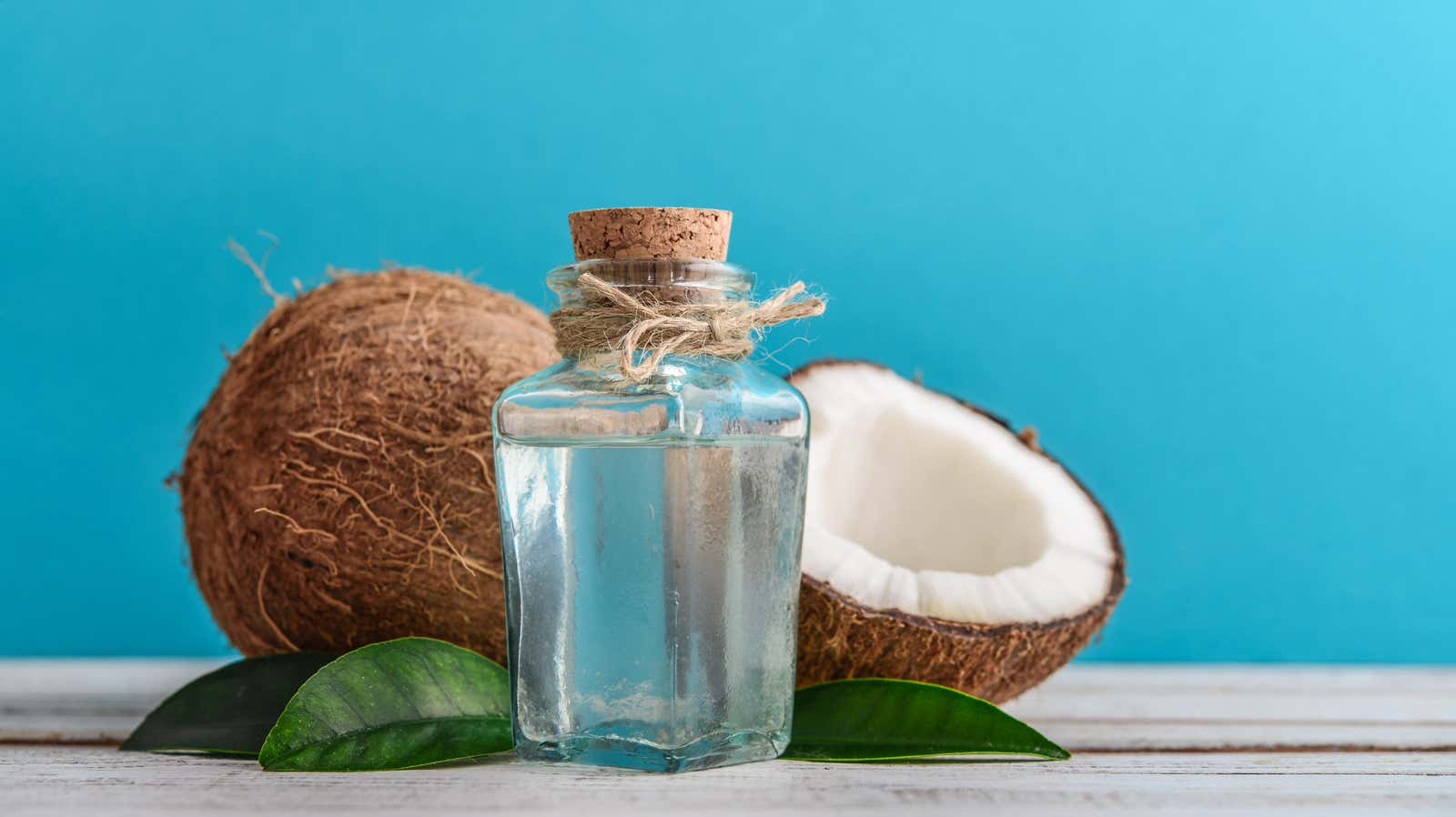You Should Use Coconut Oil on Your Plants

Coconut oil has become a popular personal care product over the past few years, with uses ranging from getting rid of garlic odor on hands to deep conditioning hair and soothing dry, cracked heels . But did you know that your plants can benefit from it too?
That’s right: coconut oil can help improve the lives of both indoor and outdoor plants. Here’s what you need to know.
How to use coconut oil for plants
Of course, there are many types of plants with very different needs, so as always, it’s a good idea to familiarize yourself with the specific needs of your plants before introducing them to coconut oil or any other new products. With that said, here are some common uses for coconut oil:
Cleaning and dusting
As we noted earlier, houseplants, like other items in your home, accumulate dust and need to be cleaned. It’s more than just aesthetics: dust can also affect a plant’s ability to feed .
First, wash the plant, either by dipping it in water or giving it a short, warm shower . Once dry, apply a small amount of coconut oil to a clean cotton or microfiber cloth and gently rub the leaves and stems of the plant to keep them shiny and free of dust .
When you’re done, don’t put the plant in direct sunlight: the oil will absorb more of the sun’s heat, and this can eventually lead to leaf scorch .
Like an organic pesticide
Does your plant attract aphids, mealybugs, mites or caterpillars? If so, an organic pesticide made with coconut oil can help.
You’ll need:
- 2 cups coconut oil
- 1/2 cup organic castile soap
- empty jar
- Spray
Place coconut oil and castile soap in a jar and shake it until it turns white. (Kept in a jar, this oil and soap combination will be good for about three months.) Then, dilute 2 teaspoons of the mixture in about a quart of water, pour it into a spray bottle, and spray both sides of each leaf.
Avoid using this pesticide on days when the sun is scorching (to keep the leaves from burning) and on plants with soft or thin leaves.